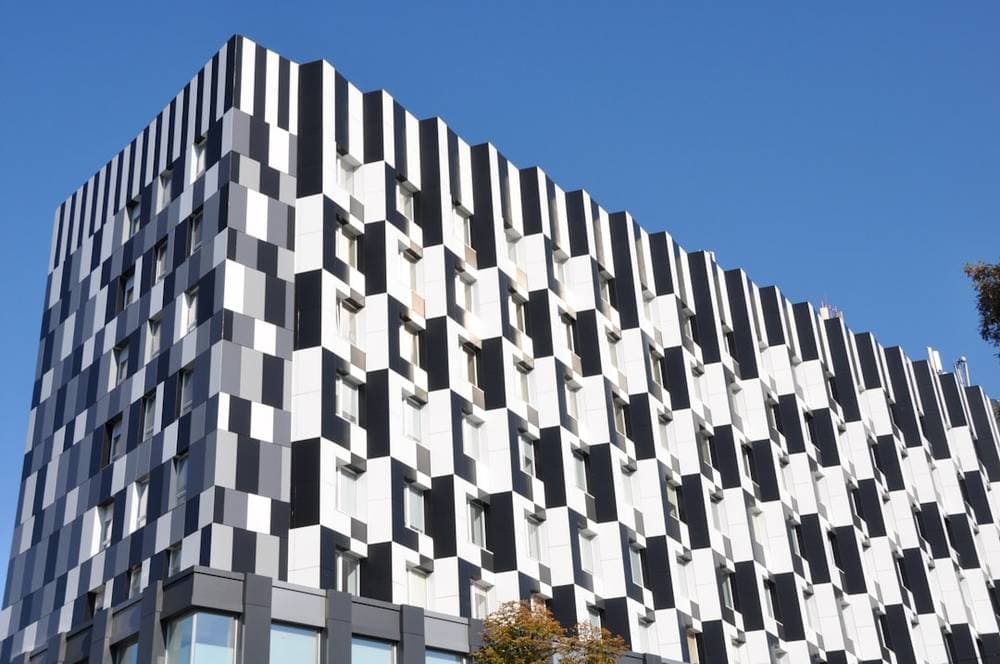Global Real Estate Markets Show Resilience with Strong Q3 Growth
Q3 2025 global real estate markets thrive with 19% EMEA growth, led by UK and Germany, boosting investor confidence.

Global Real Estate Markets See Robust Growth in Q3 2025
The global real estate market displayed remarkable resilience in the third quarter of 2025, with significant activity in various sectors despite lingering economic challenges. According to JLL's Global Real Estate Outlook, pent-up demand in the industrial sector and a surge in office leasing have driven this growth, with office leasing activity reaching a six-year high. Investor sentiment has also markedly improved, leading to heightened transactional competition. Notably, investment volumes in the EMEA region surged by 19% year-over-year, with the United Kingdom and Germany leading the charge. This growth underscores a renewed confidence among investors as they adapt to shifting market conditions, focusing on long-term gains and strategic investment opportunities.
📌 Key Takeaways
- Global real estate grows strongly in Q3 2025.
- EMEA investment volumes increase by 19% year-over-year.
- Office leasing activity hits six-year high.
- U.S. housing market sees modest 3% price rise by 2025.
EMEA Region: UK and Germany Lead 19% Investment Volume Increase
The EMEA region has emerged as a key player in the global real estate market, posting a 19% increase in investment volumes compared to the previous year. The United Kingdom and Germany have been at the forefront of this growth. The UK's market has benefited from a strong recovery in the commercial real estate sector, supported by attractive yields and a solid economic backdrop. Germany, on the other hand, continues to draw investors due to its stable economy and favorable regulatory environment. These factors have collectively contributed to a robust investment climate in the region, attracting both domestic and international capital. According to Dataintelo's Real Estate Market Report, the EMEA's strong performance is expected to continue, driven by ongoing urbanization and infrastructure development.

U.S. Housing Market Faces Challenges Amid Global Growth
While global markets are showing resilience, the U.S. housing market is facing significant challenges. J.P. Morgan's U.S. Housing Market Outlook predicts only a modest 3% rise in house prices through 2025, with mortgage rates expected to slightly ease to 6.7% by year-end. The market remains largely frozen, with demand at historically low levels despite a 20% year-over-year increase in single-family homes for saleref="/for-sale/morocco/sale">sale. October 2025 data from Redfin indicates a 1.4% increase in median home prices compared to the previous year, with a moderate rise in sales volume. The U.S. continues to grapple with inventory constraints and affordability challenges, impacting overall market vibrancy.
Asia Pacific's Rapid Growth Driven by Urbanization
The Asia Pacific region is experiencing rapid growth, fueled by increasing urbanization and population expansion. As reported by Dataintelo, the region is witnessing significant real estate development, with an increasing demand for green buildings and energy-efficient homes. Countries such as China and India are at the forefront, benefiting from massive infrastructure investments and economic growth. These factors are expected to sustain the region's dynamic real estate market, presenting lucrative opportunities for investors seeking high growth potential and diversification in their portfolios.

Multifamily and Student Accommodation: A Strong Finish Expected
The US Real Estate market is both crashing and rebounding at the same time, depending on where you live.
— Andrew Lokenauth | TheFinanceNewsletter.com (@FluentInFinance) April 1, 2023
Real estate prices are falling in the west and rising in the east. pic.twitter.com/vn93uEORaI
The living sector, particularly multifamily and student accommodation, is anticipated to close the year strongly. The U.S., Europe, and Asia Pacific regions are all experiencing heightened activity in these segments. Investors are attracted by stable income streams and the sector's ability to weather economic downturns. Despite facing some regional construction challenges, the sector is poised for growth, driven by demographic trends and the increasing need for rental housing solutions. RealEstateAbroad.com analysis suggests that this trend will continue into 2026, as investors capitalize on favorable demographic shifts and evolving housing preferences.
Looking Ahead: Future Implications for Global Investors
As the global real estate market moves towards 2026, investors need to remain adaptable to navigate the evolving landscape. Ongoing economic uncertainties, interest rate fluctuations, and regulatory changes will continue to influence market dynamics. However, the increasing focus on sustainable and energy-efficient properties presents new avenues for investment. According to insights from JLL, the emphasis on green construction and urban renewal will be pivotal in shaping future investment strategies. Investors should prioritize regions with strong economic fundamentals and dynamic growth prospects to maximize returns.
Never Miss a Market Update
Get the latest real estate news, market insights, and investment opportunities delivered straight to your inbox. Join 50,000+ investors staying ahead of the curve.
We respect your privacy. Unsubscribe at any time.